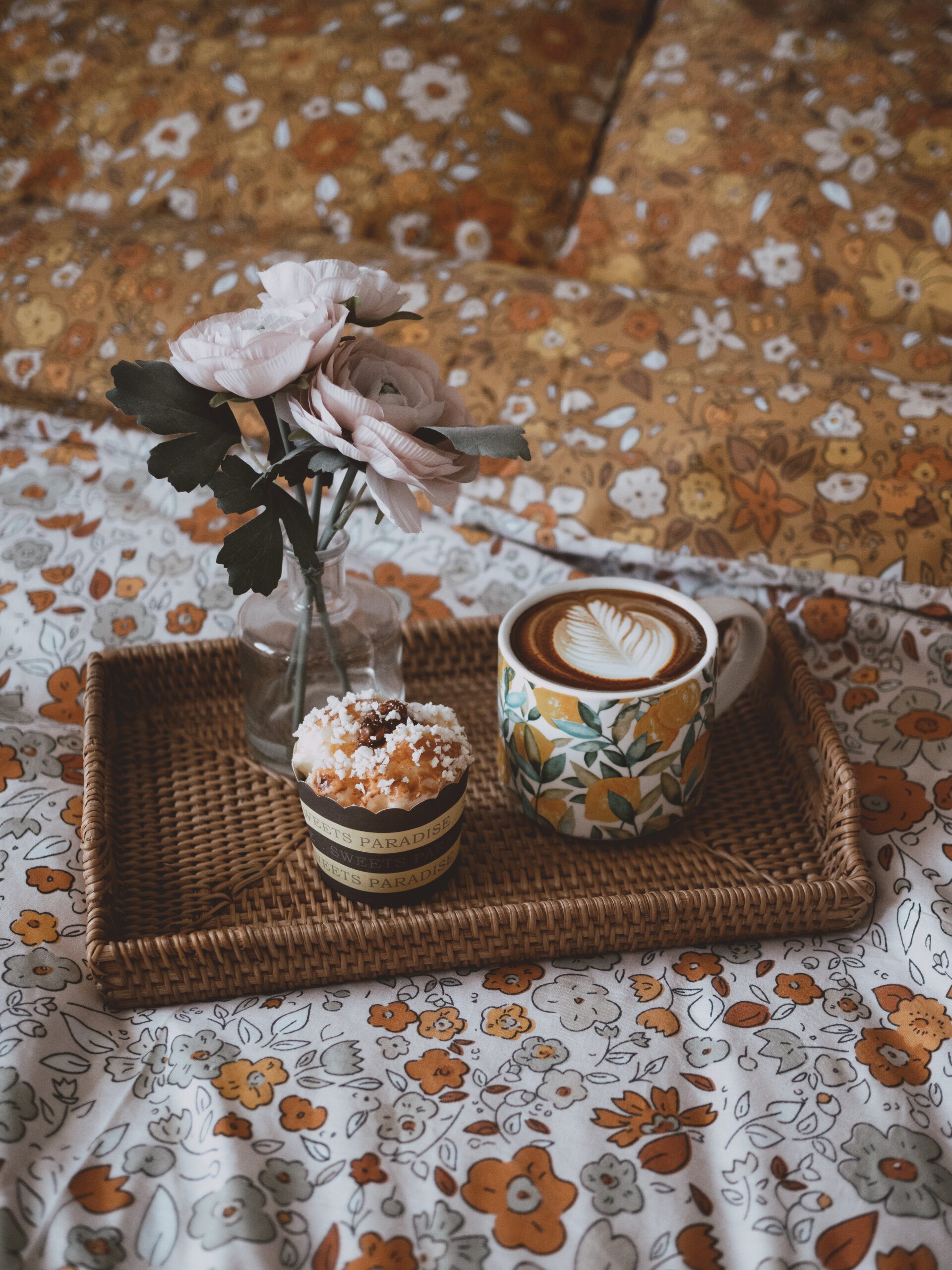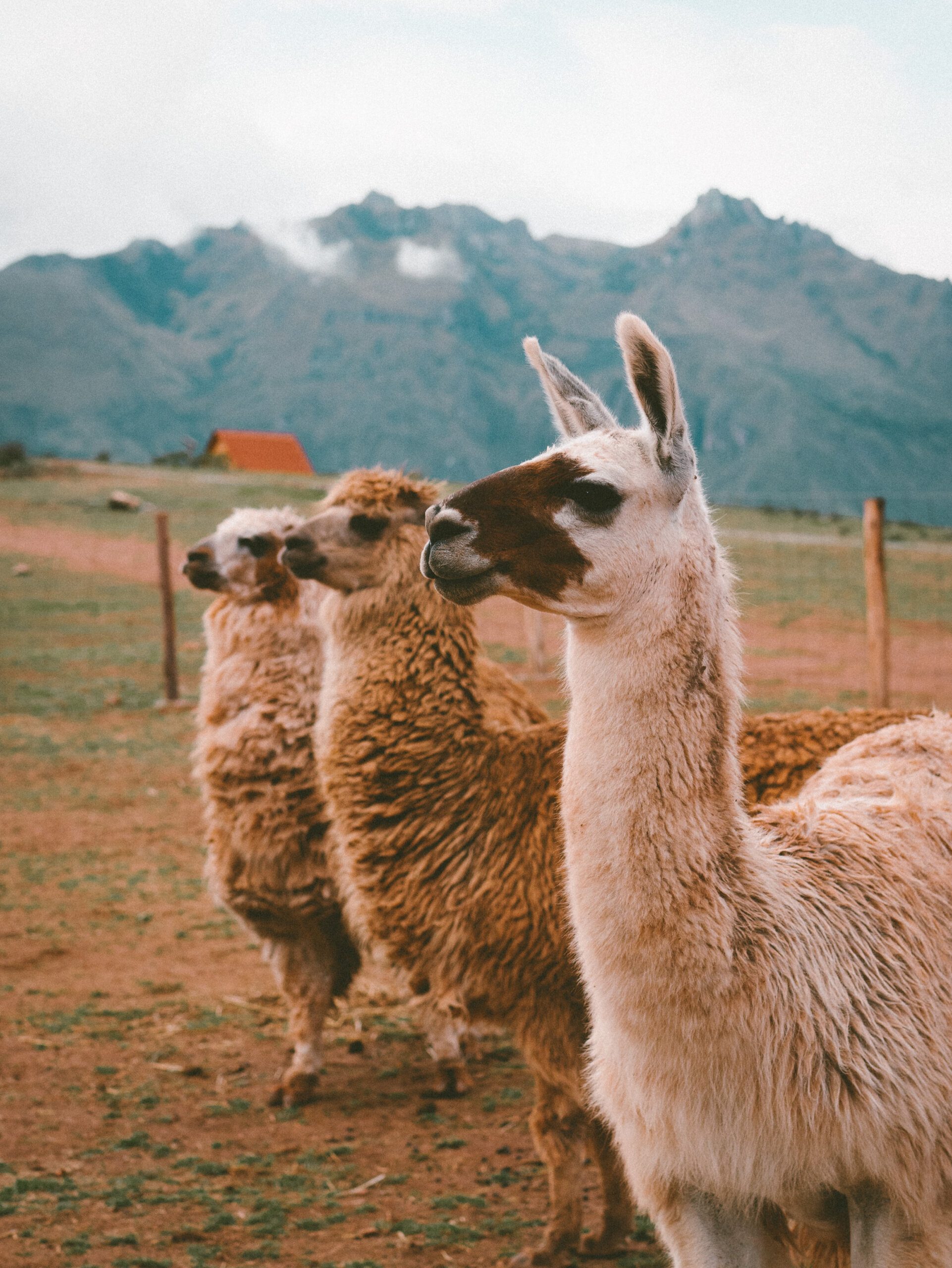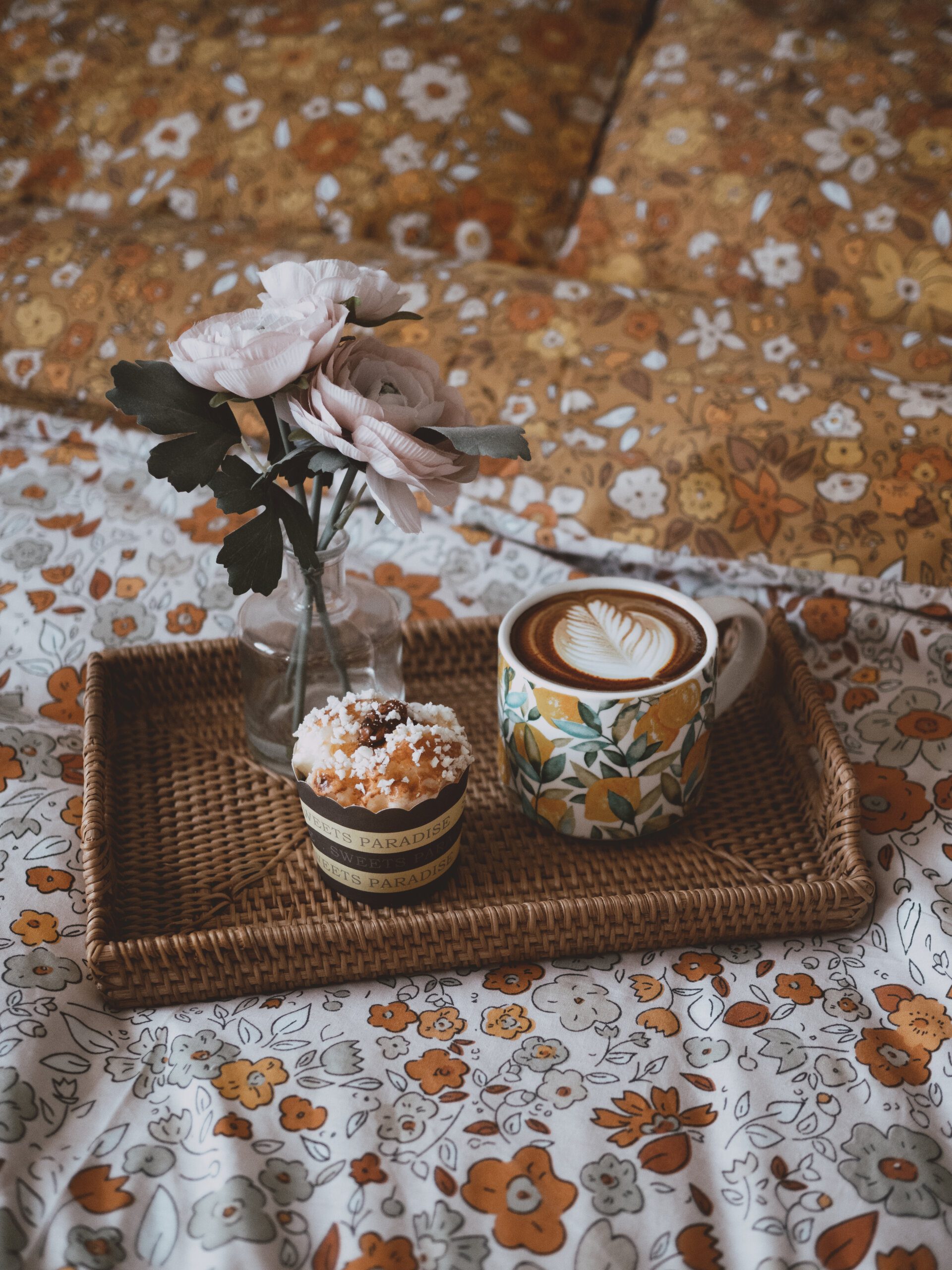Have you ever wondered how to capture the charm and allure of capybaras through the art of drawing? In this article, we will explore the fascinating world of capybaras and discover the secrets to creating captivating and lifelike illustrations of these adorable creatures. Whether you are a beginner or an experienced artist, this guide will provide you with step-by-step instructions and valuable tips to help you master the art of drawing capybaras with ease. So, grab your art supplies and get ready to embark on a creative journey filled with fluffy fur, curious eyes, and captivating capybaras!
1. Understanding Capybaras
Capybaras are fascinating creatures that captivate the hearts of many with their unique physical features, interesting behavior, and their important role in the art world. By understanding their characteristics and significance, you can truly appreciate and depict them in your artwork.
1.1 Physical Features
Capybaras are known for their large, barrel-shaped bodies covered in short, dense fur. They have long, slender limbs and webbed feet, which make them excellent swimmers. With their round heads, small ears, and expressive eyes, capybaras possess a certain charm that artists can capture in their drawings. Their broad snouts are perfectly adapted for consuming plants, which is their primary diet.
1.2 Behavior and Habitat
These semi-aquatic creatures can primarily be found in South America, particularly in areas such as the Amazon rainforest, wetlands, and grassy savannas. Capybaras are social animals and often live in groups called “herds.” They are known for their friendly and docile behavior, making them a joy to observe and depict in artwork.
1.3 Importance in Art
Capybaras have become a beloved subject in the world of art. Their unique appearance and charming demeanor make them an appealing choice for artists seeking inspiration. Additionally, capybaras often symbolize qualities such as adaptability, gentleness, and community, which artists can convey through their artwork. Paintings, sculptures, and drawings featuring capybaras have the power to captivate viewers and evoke emotions, truly making them important figures in the art world.
2. Tools and Materials
Before beginning your capybara drawing, it is essential to gather the necessary tools and materials. Understanding the different items required will allow you to select the proper supplies that suit your artistic style and preferences.
2.1 Pencils and Erasers
Pencils are the foundation of any drawing and selecting the right ones is crucial. It is recommended to have a range of graphite pencils with varying hardness levels (such as 2B, 4B, and 6B) to create different tones and textures. Additionally, having a good eraser is essential for correcting mistakes and refining details during the drawing process.
2.2 Paper and Sketchbooks
Choosing the right paper for your artwork is essential to achieve the desired results. Opt for acid-free and heavyweight paper that can handle different drawing techniques without smudging or tearing. Sketchbooks are also a fantastic option for practicing, experimenting with various styles, and compiling your capybara drawings in one place.
2.3 Optional Tools
While pencils, erasers, and paper are the basic tools you need, there are various optional tools that you may incorporate into your capybara drawings. Some artists may prefer using charcoal, colored pencils, or markers to add depth and vibrancy to their artwork. Additionally, blending tools such as tortillions or blending stumps can be useful for creating smooth and seamless textures.

3. Basic Techniques
To successfully draw a capybara, mastering some fundamental techniques is necessary. These techniques will help you convey the basic shapes, outlines, and shading necessary to bring your capybara drawing to life.
3.1 Starting with Basic Shapes
The first step in drawing a capybara is breaking down its form into basic shapes. Begin by sketching an oval or a circle to represent the body. Then, add rectangles or cylinders to denote the limbs and a smaller oval for the head. These simple shapes will serve as a blueprint for your capybara drawing, allowing you to establish proportions and structure accurately.
3.2 Outlining and Sketching
Once you have the basic shapes in place, start outlining and sketching the capybara’s body in more detail. Use light, loose lines to define the contours of the body, legs, and head. Remember to pay attention to the curvature of the body, capturing the gentle slope of the back and the thickness of the limbs. It is important not to rush this stage, as precise outlines will serve as a foundation for the subsequent steps.
3.3 Shading and Texturing
Shading and texturing bring depth and dimension to your capybara drawing. Begin by identifying the light source and determining the areas of highlights and shadows on the capybara’s body. Use cross-hatching or stippling techniques to create the illusion of fur texture, paying attention to the direction and density of the strokes. Gradually build up the layers of shading, constantly observing and adjusting until the desired effect is achieved.
4. Step-by-Step Guide
Follow these step-by-step instructions to create a lifelike capybara drawing that captures the essence of these magnificent creatures.
4.1 Step 1: Reference Gathering
Start by collecting reference images of capybaras from various angles. These can be photographs, drawings, or even videos. Analyze the reference materials to familiarize yourself with the capybara’s features, proportions, and movement.
4.2 Step 2: Sketching the Body
Using the basic shapes as a guide, lightly sketch the body of the capybara. Pay attention to the proportions, focusing on the roundness of the body, the position of the legs, and the size of the head. Refine the basic shapes, gradually adding more details and contours.
4.3 Step 3: Adding the Facial Features
Once the body is sketched to your satisfaction, move on to adding the facial features of the capybara. Begin by sketching the eyes, taking care to capture their expressive nature. Then, add the nose, ears, and mouth, ensuring they align with the overall proportions of the face. Use references to guide you in capturing the unique characteristics of the capybara’s face.

5. Focusing on Details
To truly bring your capybara drawing to life, focusing on the intricate details of their appearance is necessary. Paying attention to the fur, eyes, and teeth will add depth and realism to your artwork.
5.1 Layering the Fur
Capybaras have dense fur that requires careful layering to achieve a realistic texture. Start by lightly sketching the fur direction using small, quick strokes that follow the contours of the body. Gradually build up the layers, using varying shades of graphite to create depth and volume. Remember to observe the reference images closely, noting the patterns and texture of the capybara’s fur.
5.2 Accentuating the Eyes
The eyes are often the focal point of any creature drawing, and capybaras are no exception. To make the eyes stand out, use darker shading around them to create depth and contrast. Pay attention to the reflection in the eyes, capturing the light source and portraying a sense of liveliness. Add eyelashes and eyebrows sparingly to enhance the expressiveness of the capybara’s gaze.
5.3 Paying Attention to the Teeth
Capybaras have prominent front teeth that need to be carefully depicted to capture their character. Use light, precise lines to outline the teeth, ensuring they align with the proportions of the mouth. Depending on the view of the capybara, you may need to convey the appearance of upper and lower incisors. Pay attention to the level of detail you want to include, as exaggerated teeth can add a touch of whimsy to your drawing.
6. Adding Depth and Dimension
Understanding how to incorporate shadows, highlights, and perspective will elevate your capybara drawing, creating a sense of depth and dimension.
6.1 Applying Shadows and Highlights
Shadows and highlights play a crucial role in capturing the three-dimensional nature of the capybara’s body. Observe the reference images to identify the areas where shadows naturally fall. Use soft graphite pencils to gradually build up the shadow areas, blending them smoothly to create a seamless transition. Conversely, apply light shading and hatching techniques to add highlights to the areas exposed to the light source.
6.2 Creating a Sense of Space
To create a sense of space and distance, understanding perspective is essential. Capybaras are often depicted in their natural habitats, such as grassy fields or near water bodies. Use perspective lines to convey depth and distance, adjusting the size and position of the capybara accordingly. Incorporate background elements, such as trees or rocks, to enhance the overall composition and sense of space.
6.3 Utilizing Perspective
Utilizing perspective allows you to experiment with different angles and viewpoints, adding variety and visual interest to your capybara drawings. By exploring different perspectives, you can give your artwork a unique and compelling twist. Consider drawing capybaras from unusual angles or incorporating foreshortening to create dynamic and engaging compositions.

7. Adding Backgrounds and Surroundings
To truly bring your capybara art to life, incorporating suitable backgrounds and surroundings is crucial. This allows you to create a narrative element and enhance the overall storytelling aspect of your artwork.
7.1 Depicting Natural Habitats
Capybaras are often found in lush and vibrant natural habitats, such as wetlands or grassy savannas. Adding such environments to your artwork can provide context and further emphasize the beauty and natural behavior of these creatures. Use your observation skills to depict the flora and fauna found in these habitats, selecting colors and textures that complement the capybara’s fur and create a harmonious composition.
7.2 Incorporating Other Wildlife
Including other wildlife in your capybara drawings can add interest and realism to the artwork. Consider adding birds, insects, or other animals that are commonly found in the capybara’s natural habitats. This not only elevates the aesthetic appeal but also demonstrates the interconnectedness of various species within an ecosystem.
7.3 Creating a Storytelling Element
Art has the power to tell stories and evoke emotions. To create a storytelling element in your capybara drawings, think about the narrative you want to convey. Perhaps you want to depict capybaras engaging in playful interactions or peacefully basking in the sun. By adding these narrative elements, you transform your artwork into a visual story that captivates the viewers and allows them to connect with the capybaras on a deeper level.
8. Exploring Various Art Styles
Artistic expression knows no boundaries, and the same applies to capybara drawings. Exploring different art styles can open up new avenues of creativity and allow you to showcase your personal artistic voice.
8.1 Realistic Portraits
Realistic portraits aim to capture the capybara’s physical features with utmost accuracy. This style often emphasizes attention to detail, precise shading, and lifelike textures. It entails careful observation and masterful rendering of the capybara’s fur, eyes, and teeth. Realistic portraits allow you to showcase your technical skills and create breathtakingly accurate representations of these extraordinary creatures.
8.2 Cartoon and Caricature
For those who prefer a more whimsical approach, cartoon and caricature styles provide ample creative freedom. These styles allow for exaggeration of features, such as enlarging the eyes or creating playful, exaggerated expressions. Cartoon and caricature styles offer a lighthearted and fun way to depict capybaras, making them appealing to both children and adults alike.
8.3 Abstract Interpretations
Abstract interpretations of capybaras present an alternative way to capture their essence. This style often focuses on capturing the emotional or symbolic aspects of the capybara, using bold colors, unconventional shapes, and expressive brushstrokes. Abstract interpretations allow you to explore the capybara’s significance in a more conceptual and thought-provoking manner, presenting viewers with unique interpretations and inviting them to form their own connections.
9. Creative Tips and Tricks
Harnessing creativity and pushing your artistic boundaries is essential when drawing capybaras. These tips and tricks will assist you in exploring new techniques and infusing your artwork with your unique style.
9.1 Experimenting with Techniques
Don’t be afraid to experiment with various drawing techniques to breathe life into your capybara drawings. Try stippling to create textures, cross-hatching to convey shadows, or even watercolor washes to add a touch of vibrancy. By exploring different techniques, you may discover new artistic directions and develop a signature style that sets your capybara drawings apart.
9.2 Using References Wisely
References are invaluable tools for artists. However, avoid solely relying on them. Use references as a starting point and then infuse your personal artistic interpretation into your capybara drawings. This will allow you to create unique and original artwork that captures not only the physical appearance but also the essence and personality of these remarkable creatures.
9.3 Adding Personal Touches
Infusing your personality and emotions into your capybara drawings sets them apart and makes them truly your own. Consider adding a touch of whimsy, incorporating elements that hold personal meaning for you, or embedding subtle details that reflect your artistic voice. By adding these personal touches, your capybara drawings become a reflection of your individuality and connect with viewers on a deeper level.
10. Showcasing Your Capybara Art
Once you have created your captivating capybara drawings, it’s time to share them with the world. Showcasing your artwork allows you to receive feedback, gain recognition, and inspire others who share the same passion for capybaras and art.
10.1 Sharing on Social Media
Social media platforms offer a fantastic opportunity to showcase your capybara art to a wide audience. Create an online portfolio or join art communities dedicated to sharing and appreciating artwork. Use hashtags specific to capybaras and art to reach individuals who are interested in this subject matter and engage with fellow artists and enthusiasts.
10.2 Participating in Art Contests
Participating in art contests provides a platform for your capybara drawings to be seen by art professionals and fellow artists. Look for online or local art competitions that showcase animal-themed artwork or those dedicated specifically to capybara art. These contests not only offer the chance to win prizes but also provide valuable exposure and recognition for your artistic talent.
10.3 Creating Portfolios and Exhibitions
Creating a portfolio of your capybara art allows you to present your drawings in a cohesive and professional manner. Compile your best artwork, organize it into a visually appealing format, and share it digitally or in print. You can also consider approaching local galleries or exhibition spaces to showcase your capybara artwork in a solo or group exhibition. Exhibitions provide an immersive experience for viewers and elevate your artwork to a larger platform within the art community.
In conclusion, the art of drawing captivating capybaras entails understanding their physical features, behavior, and significance in art. By utilizing the right tools, mastering basic techniques, and paying attention to details, you can create lifelike capybara drawings that capture their charm. Adding depth, exploring different styles, and infusing your creativity enables you to create unique and personal capybara artwork. Finally, sharing your artwork through digital platforms, art contests, and exhibitions allows you to connect with others who appreciate capybaras and further establish your presence in the world of art. So, unleash your artistic skills and embark on an enchanting journey of drawing captivating capybaras.



